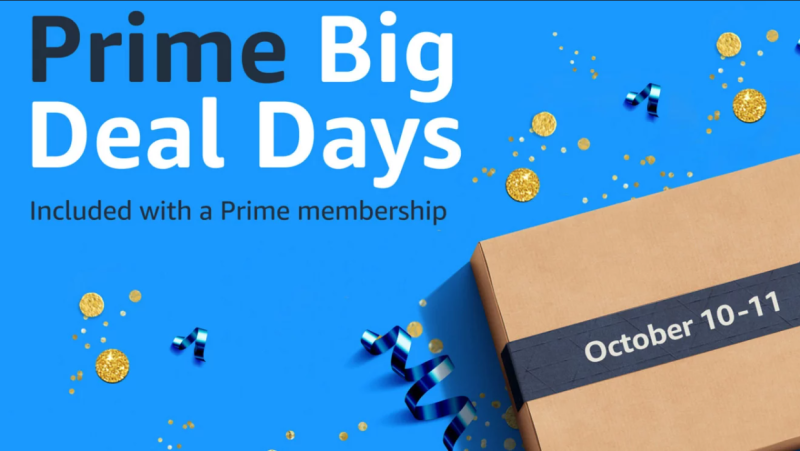Amazon Prime Big Deal Days is the real deal
The results are in – and Amazon Prime Big Deal Days was a smash success.
Amazon hosted its Prime Big Deal Days sale Oct. 10-11. For the second consecutive year, Amazon kicked off the holiday shopping season with a two-day exclusive October shopping event for Prime members. Early numbers indicate the event was a major accomplishment for Amazon, with Numerator estimating it to be the e-tailer’s second-most successful sales promotion ever, only trailing Prime Day 2023.
In addition, Amazon says Prime members saved more than $1 billion during the course of the event. Let’s take a closer look at what the impressive performance of Amazon Prime Big Deal Days means for the industry at large:
There’s room for another savings holiday
Average order size and household spend were substantially up from Amazon’s Prime Early Access Sale 2022 (the precursor to Prime Big Deal Days), and average order size was only 1% less than that of Prime Day 2023. Clearly, consumers have taken to the idea of a fall Amazon sales promotion.
And much like Prime Day, there are signs that consumers are open to having multiple fall retail promotions all running at the same general time. Data from Salesforce reveals that while U.S. online sales actually fell 1% overall during Prime Big Deal Days, they rose 1% during the second day, suggesting consumers waited for bigger discounts and were likely also shopping competing pre-holiday sales, including Target Circle Week and Walmart Deals.
Prime Day has led to more than 100 retailers running competing events around the same calendar time (as well as similar promotions held at different times of the year, like Wayfair’s WayDay). These numbers paint a clear picture – shoppers respond to limited-time online and omnichannel sales extravaganzas .It’s fair to assume that a fall savings holiday will also become a staple of the retail promotional calendar.
Black Friday and Cyber Monday still matter
There has been a lot of consternation about whether consumers still have interest in Black Friday and Cyber Monday holiday promotions. And the performance of Prime Big Deal Days suggests that the “Big Five” holiday shopping days between Thanksgiving and Cyber Monday will never quite have the same status as the unofficial kickoff to holiday shopping.
However, Numerator data reveals that close to 60% of surveyed Prime Day shoppers intend to shop Black Friday and Cyber Monday this year. Presumably a higher percentage of consumers who did not partake in Amazon’s fall shopping event will also indulge themselves in some Thanksgiving weekend purchases. Less important, perhaps. Unimportant, hardly.
Artificial intelligence rears its head
It seems that you can’t have a discussion about retail these days without artificial intelligence (AI) popping up, and this is certainly true in regard to Prime Big Deal Days. According to Salesforce, AI played a significant role in U.S. and global online sales during the event, driving up orders from shoppers who clicked on a product recommendation driven by predictive AI.
Given the rapid evolution of AI technology, presumably by 2024 it will play a much larger role in Amazon’s (and other retailers’) summer and fall sales extravganzas, perhaps in ways nobody has even thought of.







